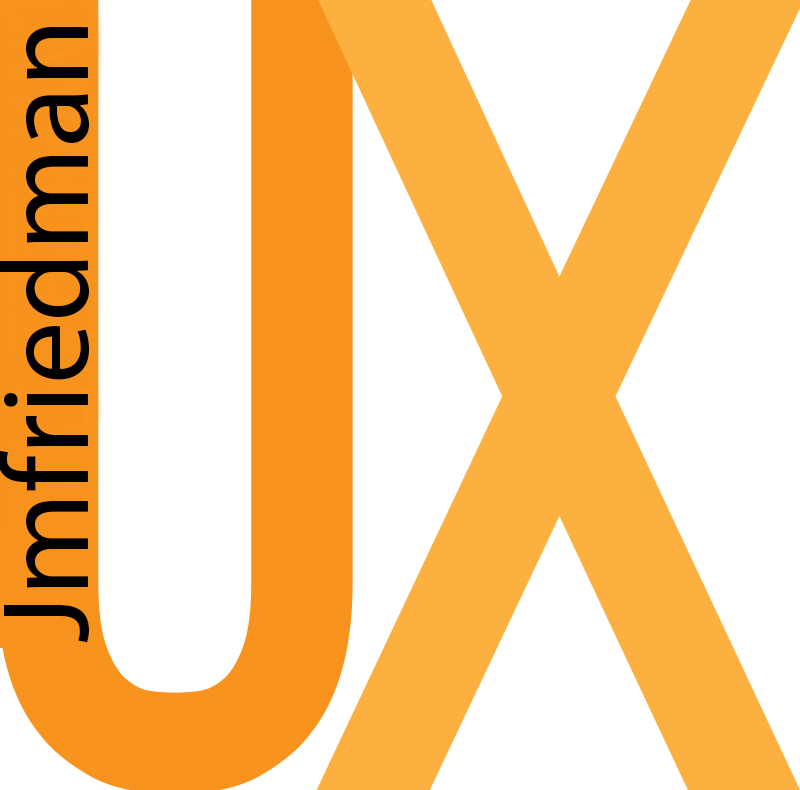

Below you can find a breakdown of the relevant courses taken while attending NJIT. Any course that was accompanied by a project will have a link to the project (or a presentation of that projcet) following the course's description. As many projects were done in groups, the work shown belongs to all individuals that worked on the project.
CodeAcadamey is a teaching website that allows users to learn different coding and programming languages through interactive courses.
Learn the basics of HTML and CSS and how to structure and style a webpage.
Build simple websites in order to learn fundamental web development skills. Includes use of HTML5, CSS3, and Bootstrap.
How to publish the content of a website to the internet. Course uses GitHub and GitHub Pages in order to host their sites.
Course teaches what the most fundamental programming concepts are and how to use them.
Our group created software that, when given an address, would return a list of comparable properties within the same municipality and evaluate their similarities.
My work on this project included determining which factors to consider in the similarity score as well as how to weigh each factor in order to achieve the most accurate similarity score.
Google Doc demonstration.
My classmate and I created a web application designed to assist people traveling to unfamiliar countries with tipping ediquite for each country.
The project was backend-focused and worked to make an applicaiton that was responsive to web, tablet, and common mobile devices at the time of the course.
The web app was designed using JQuery mobile and utilizes Geo Location to determine which country the user is in.
Just a Tip Web Application
Course focused on skills needed to plan, design, and build websites.
Course revolved around making multiple websites in order to teach students HTML and CSS as well as how to do mockup designs of the websites.
Topics covered included propper spacing (margin/border/padding), understand the CSS Box Model, and future-proofing sites to run on all current and future browsers.
Final project site includes the final project for this course with links to design mockups used to create the website.
Final Project Website
Course focused on teaching students tools to help understand user needs, create design requirements, and evaluate the user experience.
Hands on approach used to design multiple itterations of a proposed solution and get first-hand experience in usability testing.
Below is a link to the axure file worked on by the group including archived solutions produced en route to finding a best solution for an application to socially map a user to friends and activities.
Social Network Map
Course focused on gathering requirements and working on multiple itterations to solve a user experience problem. Learned approaches to design topics such as menus, screen layout strategies, and direct manipulation. Gathered requirements by doing claims analysis on other groups, identifying stakeholders and personas, and performing problem and activity scenarios.
Students got hands on experience in evaluating and determining the effectiveness of solutions for a point of interest system through semester long performing of interviews. Interviews were broken down into write ups, rough notes, and audio recordings of the interview. Solutions were then implemented based on information gathered from both the interviews as well as critiques from classmates and professor in order to create a better POI system.
This course introduces the design, implementation and evaluation of search engines and web mining applications. Topics include: automatic indexing, natural language processing, retrieval algorithms, web page classification and clustering, information extraction, summarization, search engine optimization, and web analytics.
An introduction to the basics of networking in a modern operating system environment. Emphasis is placed on the application and management of networking technology. Topics to be covered include: the OSI model, network hardware and technologies, network protocols, wired and wireless networks,
Through lectures and "hands-on" experiments, this course will challenge the student to explore objects and environments as sensory and psychological experiences that effect human comfort, efficiency, function and emotion. Emphasis will be put on empathizing with the user with particular attention to those individuals with special physical, cognitive or occupational needs.